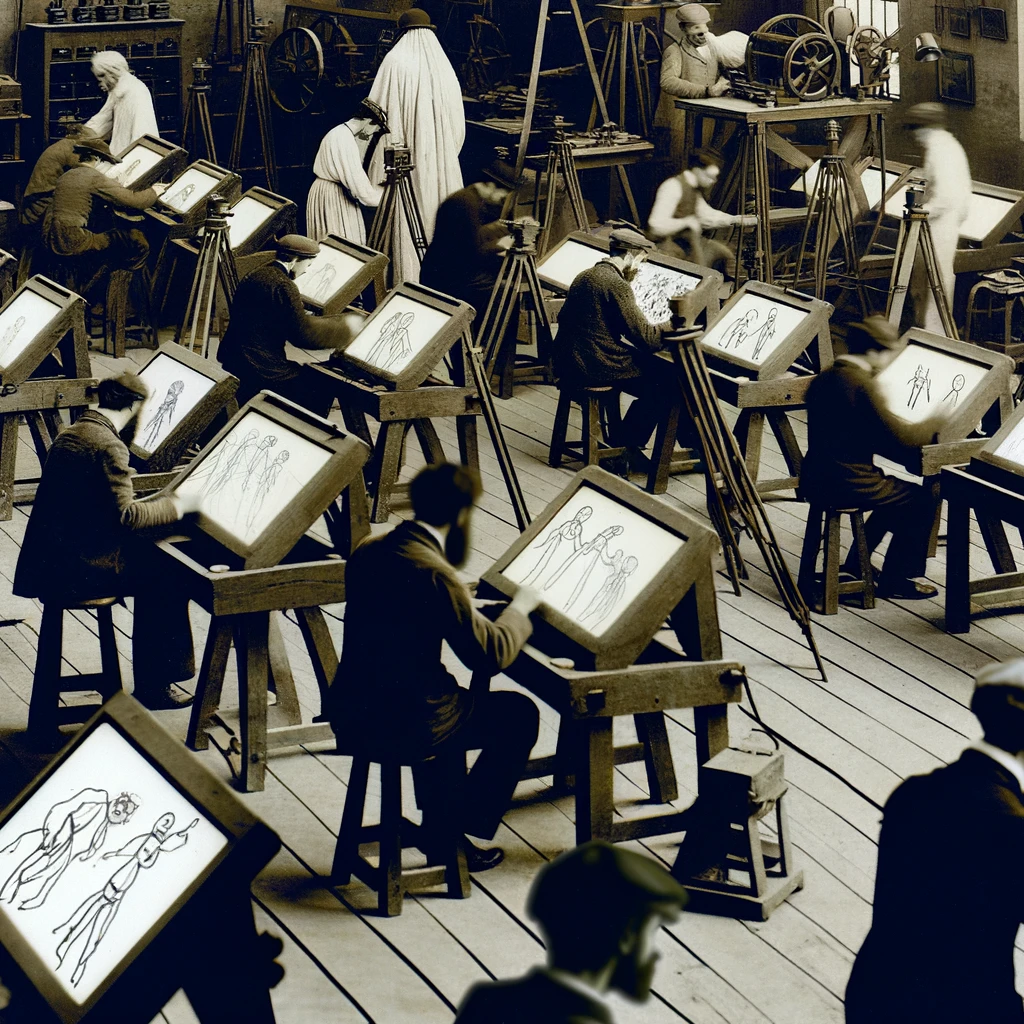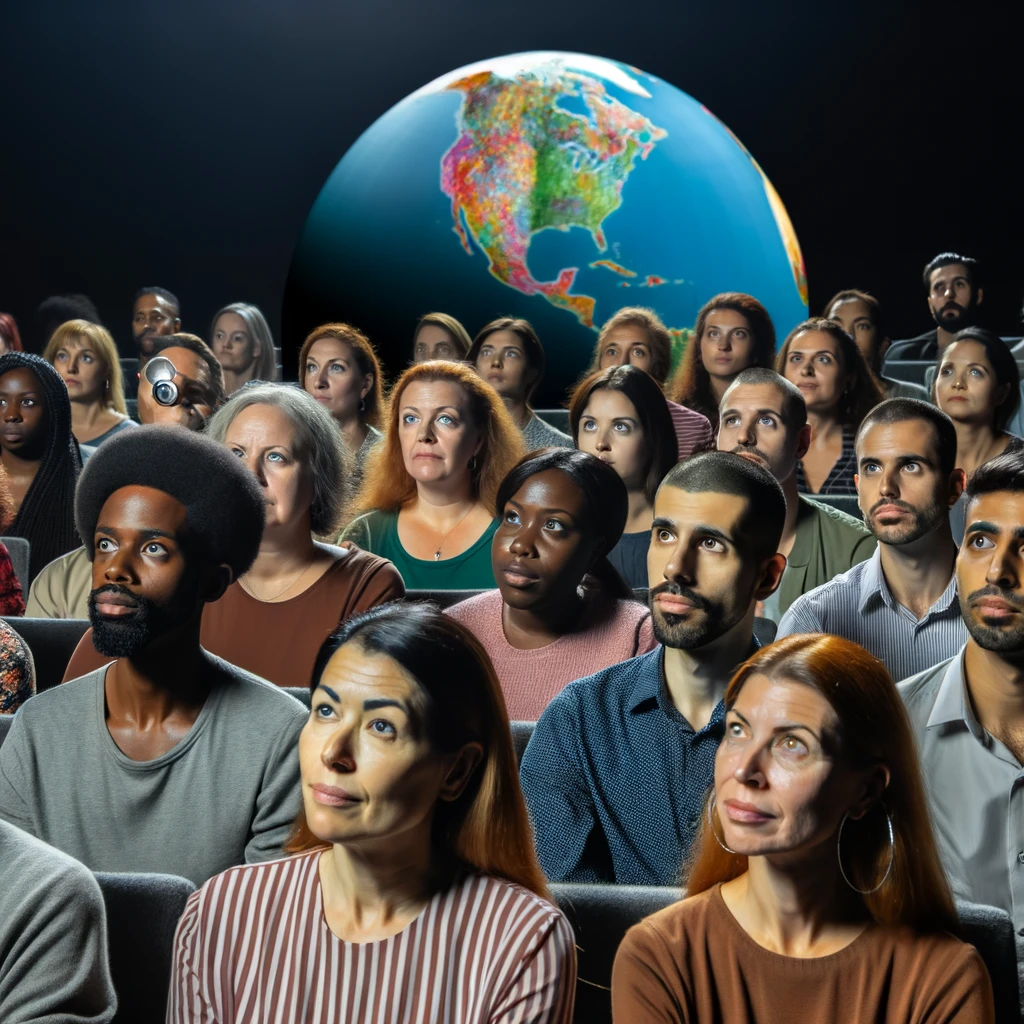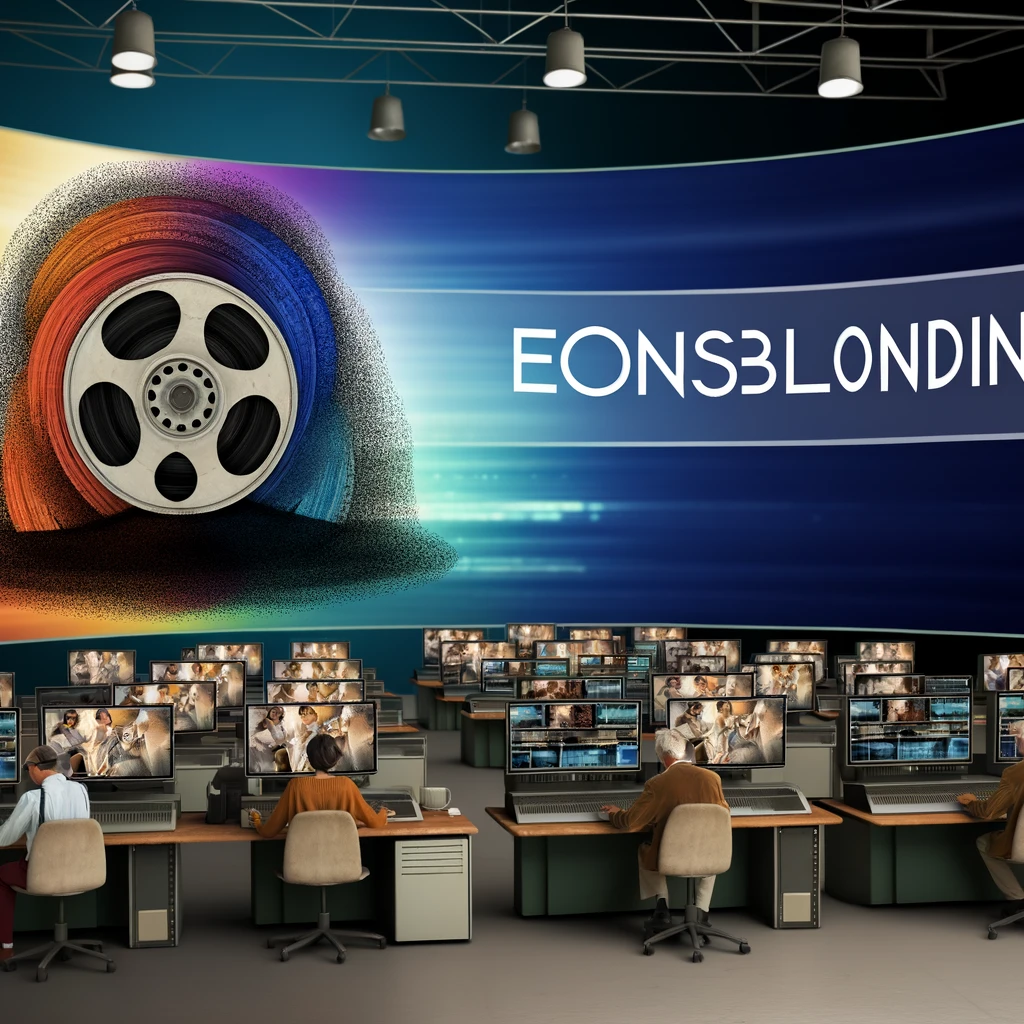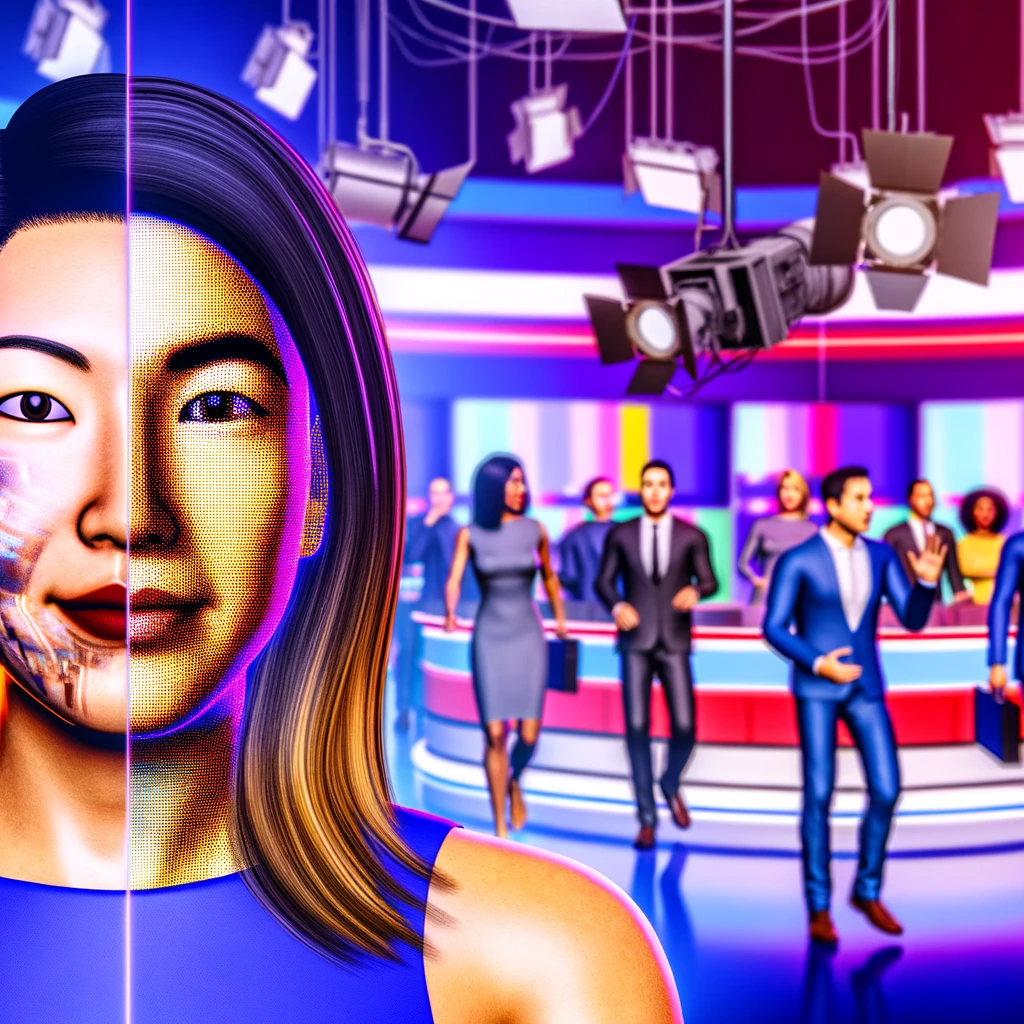
Introduction
Animation has captivated audiences for decades, transporting viewers to fantastical worlds and bringing stories to life through motion. The journey of animation techniques is as rich and varied as the art form itself, evolving from the simplicity of hand-drawn frames to the complexity of computer-generated imagery (CGI). This article delves into the history and technological advancements that have shaped animation into what it is today.
The Beginnings of Animation
Animation's roots can be traced back to the late 19th and early 20th centuries, with pioneers like Émile Cohl and Winsor McCay leading the charge. These early animators utilized simple, hand-drawn techniques to create short films that delighted audiences and laid the groundwork for future innovations.
Silent Era and the Birth of Sound
With the advent of film, animation began to gain traction as a legitimate form of entertainment. The 1920s saw the rise of iconic figures such as Mickey Mouse, introduced by Walt Disney, who revolutionized the industry with synchronized sound in Steamboat Willie. This era marked the beginning of animation's golden age, setting the stage for more sophisticated storytelling and character development.
The Golden Age of Animation
The 1930s to the 1950s is often referred to as the golden age of animation. Studios like Disney, Warner Bros., and MGM produced memorable characters and feature-length films that became cultural staples. During this time, animators honed their techniques, focusing on fluid motion and expressive characters.
Technological Innovations
This period also saw the introduction of groundbreaking technologies such as Technicolor, which brought vibrant color to animated films. The multiplane camera, developed by Disney, allowed for more depth and realism in animated scenes, enhancing the storytelling experience.
The Rise of Television and New Techniques
As television became a household staple in the 1950s and 60s, animation adapted to the changing landscape. Studios began producing shorter, more budget-friendly content suitable for TV audiences. Techniques like limited animation, which reduced the number of frames per second, became popular to cut costs while maintaining visual appeal.
The Advent of Computer Animation
The 1980s and 90s marked a significant turning point with the introduction of computer animation. Pioneering studios like Pixar led the way, using computers to create fully animated films that boasted unprecedented detail and realism. Toy Story, released in 1995, was the first feature-length film entirely created using CGI, setting a new standard for the industry.
Modern Animation: A Blend of Old and New
Today's animation industry is a harmonious blend of traditional techniques and cutting-edge technology. While CGI dominates the landscape, many studios continue to incorporate hand-drawn elements, maintaining the art form's rich heritage. Innovations in motion capture, virtual reality, and artificial intelligence are expanding the possibilities of animation, allowing for more immersive and interactive experiences.
The Future of Animation
Looking ahead, the future of animation is poised for further evolution. As technology continues to advance, animators have an ever-growing toolkit at their disposal, enabling them to push the boundaries of creativity and storytelling. The integration of artificial intelligence and machine learning promises to streamline production processes and unlock new creative potentials, ensuring that animation remains a dynamic and vibrant art form for generations to come.
Conclusion
The evolution of animation techniques is a testament to the resilience and ingenuity of artists and technologists alike. From its humble beginnings to the sophisticated, high-tech productions of today, animation continues to inspire and entertain, captivating audiences around the globe. As we look to the future, the possibilities are limitless, and the journey of animation is far from over.
Related Articles





